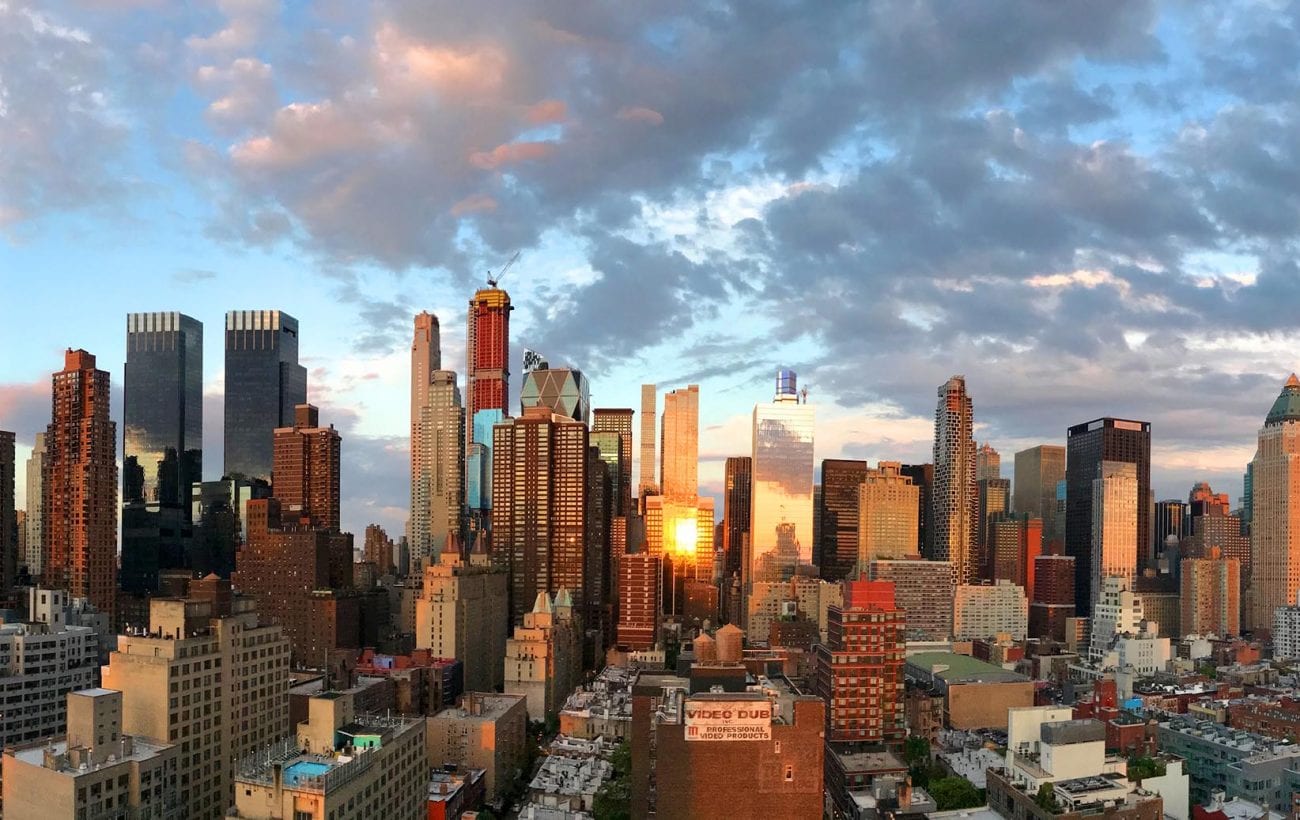At this year’s Tribeca Film Festival in New York City, I had the opportunity to dive into a wealth of different virtual reality experiences. And without a doubt, Wolves in the Walls was one of my favorites of the show. The VR animated film boasts such involved dramaturgy that I felt compelled to dedicate three whole articles to the subject. While the first focuses on interactivity in general, this second one will take a closer look at specific interactions. In it, we will discover the crucial role immersive theater plays in the making of this masterpiece.
“Creating Wolves in the Walls was like simultaneously filming a movie, designing a video game, and staging a theatrical play.” — Pete Billington
Immersive Theater in New York
Last year, the hubby and I were lucky enough to spend a whole three months in the Big Apple. This sojourn brought you my articles for the Tribeca Film Festival 2018 and an interview with the New York Film Academy. Even still, I have kept some secrets from that time…
Namely, I was on a secret mission in New York. Previously, I had heard of a new form of theater that has remained largely unknown in Germany. I desperately wanted to experience it for myself: immersive theater. Thus, I scavenged some sinfully expensive tickets for the two most famous plays the city has to offer: Sleep No More and Then She Fell.
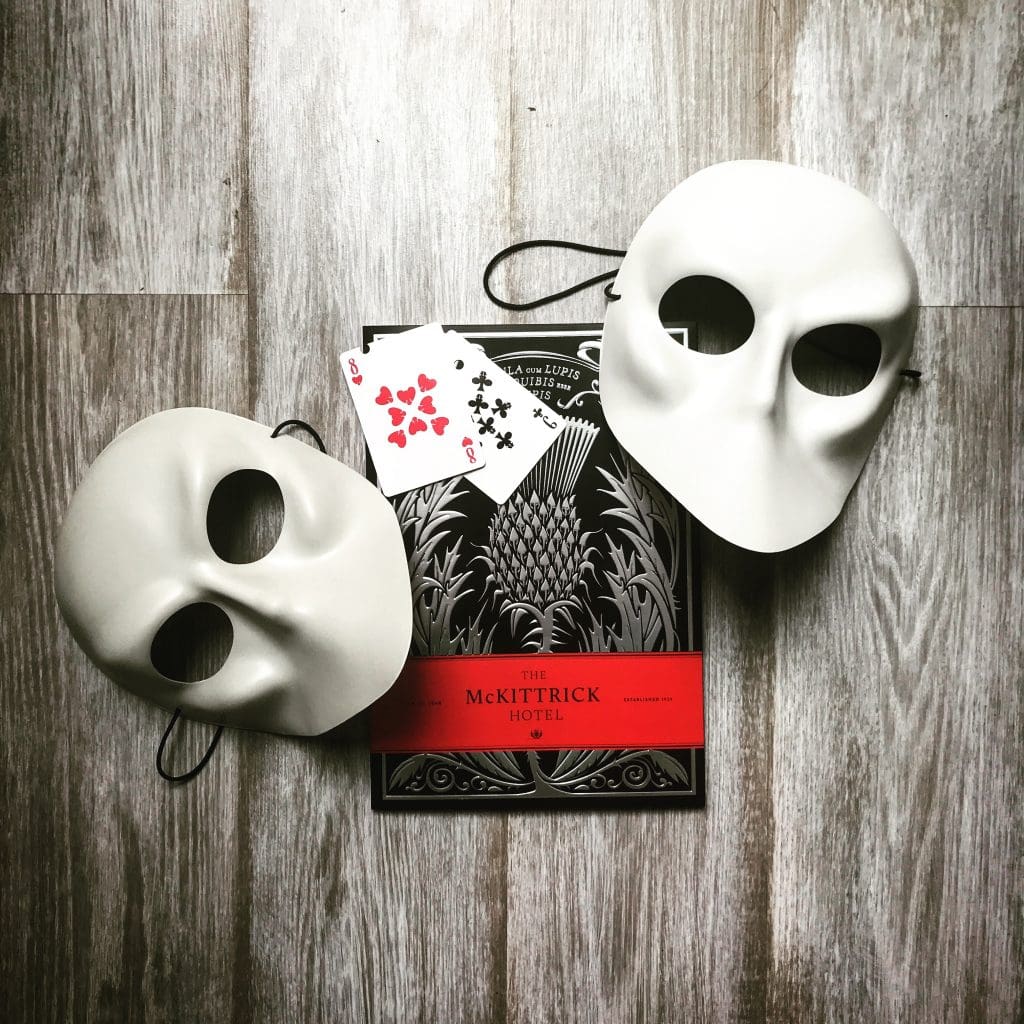
While in the former, we had to fight our way through four floors of a creepy hotel styled in a 1930’s décor, the latter revealed a very intimate picture of the life and work of Lewis Carroll, creator of Alice in Wonderland.
Yes, you read that correctly: we were making our own way through the hotel. Immersive theater is a form of theater in which the audience moves about and participates dynamically, as opposed to being tied to their seats and gaping at the actors onstage. Usually, participants traverse the building alone or in small groups. This means they move from scene to scene independently, play their own role and—if things are going well—discover a story.
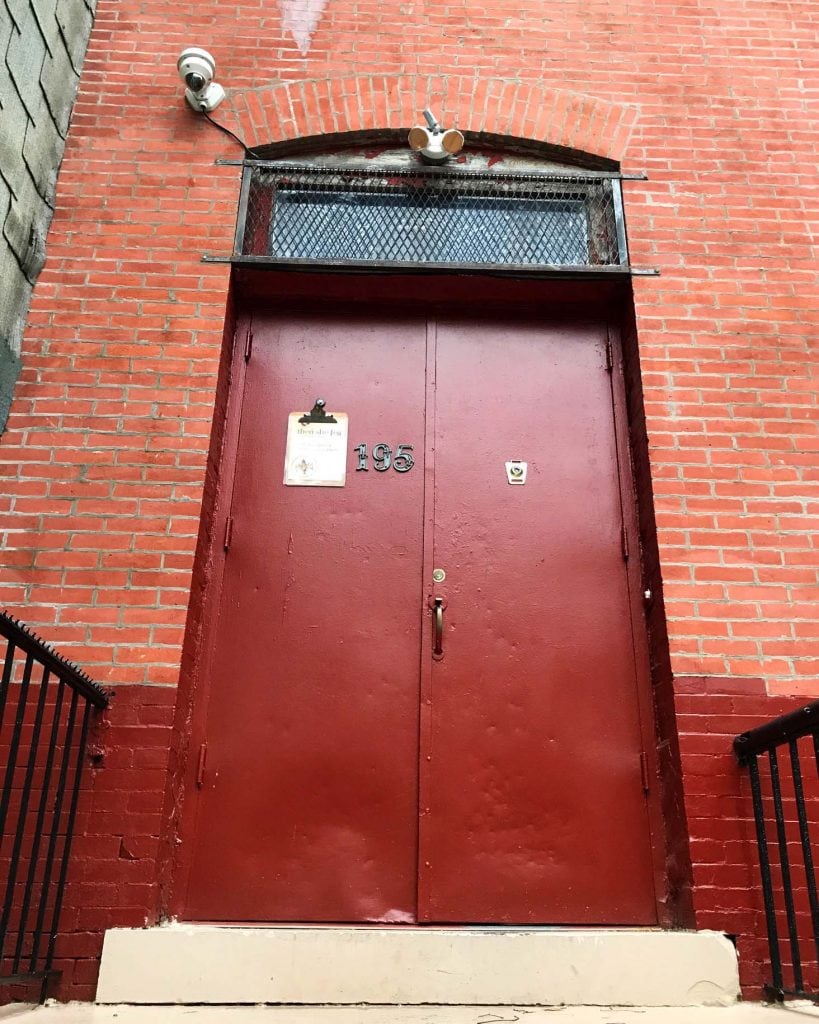
The spectators can interact with the play directly, too: at times, they can rummage through drawers, help an actor write a letter, or just watch, or dance, or drink a cocktail at the bar—the latter was the role of a lifetime! Just why am I telling you about all this?
The Tribeca Film Festival Becomes the Stage
One year later, and I’m back in New York. I find myself nervously standing in front of a black box in the Virtual Arcade, the festival’s dedicated exhibition grounds for VR. The entrance to the box is curtained off. Unbeknownst to me, I am just moments away from experiencing an actual play.
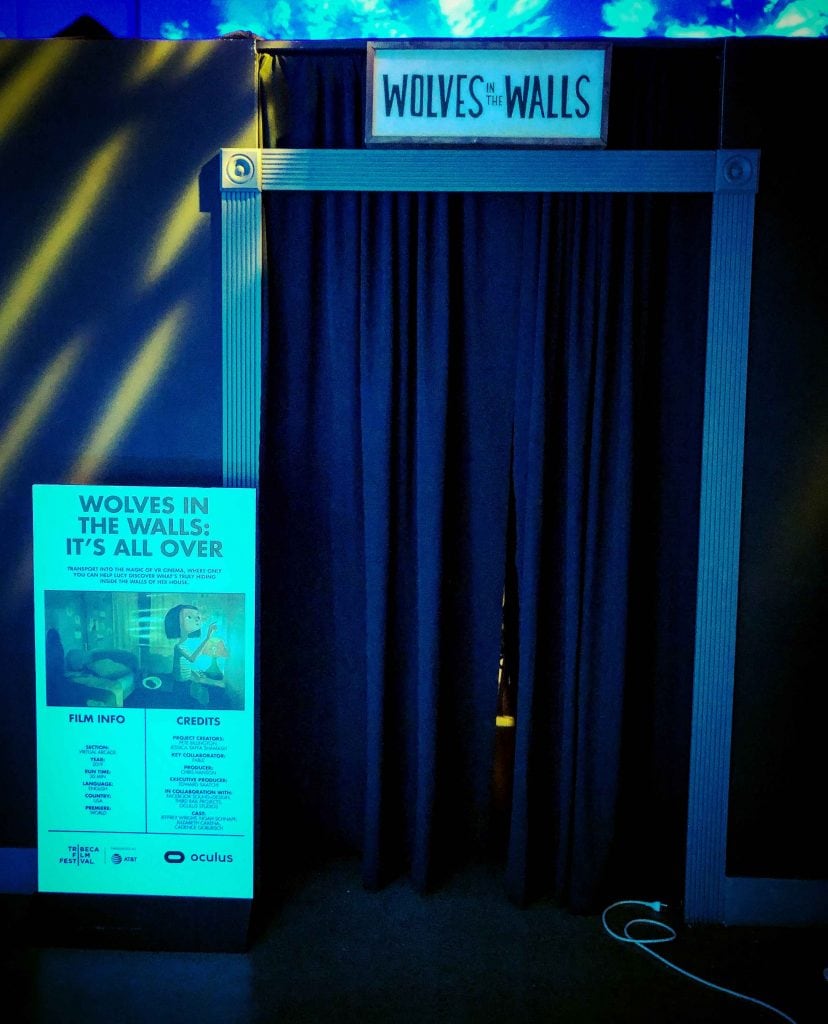
After some time, a young woman emerges from behind the curtain, smiles and lets me enter. The interior is dark, and I can barely make out a couple of boxes in the corner and jackets hanging on the wall. “Are you ready for a story?” she asks. Am I ever!
She takes one of the boxes and rummages around in it. Her hand returns with a couple of video cassettes, some DVDs, a book, and, finally, two Oculus Touch controllers. Over time, humanity has resorted to all sorts of methods for telling a story, she confides to me while replacing everything but the controllers and reaching for a VR headset. I’m beginning to understand.
Wolves in the Walls is Immersive Theater in VR
The lady is an actress whose purpose is to make my transition from the real world into virtual reality as fluid as possible. At the same time, it’s a pretty unmistakable wink. For Wolves in the Walls—the 20 minute VR experience by Fable Studio I am about to enter—takes inspiration from immersive theater like no other VR film before.
Wolves in the Walls was created by an interdisciplinary team—which isn’t unusual for VR. However, next to the filmmakers and game designers, a third type of expertise joined the fray: no less than renowned theater group Third Rails Projects, who have become a success in New York through their widely-acclaimed play, Then She Fell.
Writing for the online magazine No Proscenium, Pete Billington, director of Wolves in the Walls, explains what made the collaboration so unique:
“If you imagine two points connected by a line, that was who we were. Cinema on the left, games on the right, tied together, pushing and pulling at one another: unstable. Immersive theatre emerged as a third point, and by connecting the three, we became a triangle. These were the missing tools, the language we needed to answer the big questions.” Source: No Proscenium
I was able to squeeze him for more details at the Tribeca Film Festival.
Building a Relationship Through Body Language and Interaction
The story of Wolves in the Walls builds on the connection between Lucy and me. For us to create a personal connection, one thing cannot be missing: I need a role that I can feel and live with. Similarly to Jack, my highlight from last year’s festival, Wolves in the Walls very successfully places the audience into a meaningful role in the story.
Pete explains how they did it:
“We knew that we had a very short amount of time to build a relationship where you trusted her. Three real big ideas came to us. One is that she makes you her height—and she does that in a positive way. Initially, one of her first lines we wrote as: ‘Oh, you’re too big,’ and that felt kind of like we were wrong. And so, we changed the line to ‘Oh, I drew you kind of tall’. And then, when you see eye to eye, you instantly feel like you’re a part of her.”
Naturally, as I’ve already reported, Lucy’s capturing eye-contact is another contributing factor. However, a second trick is even more clever. It’s a little conspiracy: “You heard it, too. You do, don’t you?” Lucy implores, and then repeats it, whispering this time. We grow closer together through our shared secret.
Get Moving!
The troupe Third Rail Projects employs a lot of dance in their plays. The team behind Wolves in the Walls used this to their advantage to formulate the third trick:
“Dancers are always in motion, and that’s much different than composing for a screen. Because you are in a space. Lucy moves around you, you want to follow her and then she trusts you. She actually lies on her back and looks at you. This is a very vulnerable position, which then again makes a connection. The idea is that she trusts you so that you trust her. And then you go on that journey together.”
This works: as Lucy lies down on the floor in front of me like a little kittycat, I feel an instinctual reaction coming from deep inside of me. Now, I am even more invested in protecting her from the wolves—or whatever is growling in the walls.
Movement crops up elsewhere, too. Time and again, Lucy deliberately places a piece of furniture in my path or blocks my view during important scenes. At first, I find this odd and explain it to myself as simple childish teasing. However, there’s more to these little disturbances, as Pete explains:
“Your movement actually makes you more engaged with the piece. Whether you realize it or not: when we force you to peek around a corner, you want to see what’s happening even more—it makes you more curious. So we put things in your way intentionally to get you to move. Or we have Lucy crouch down so you get closer to her. All of those techniques are theater techniques.”
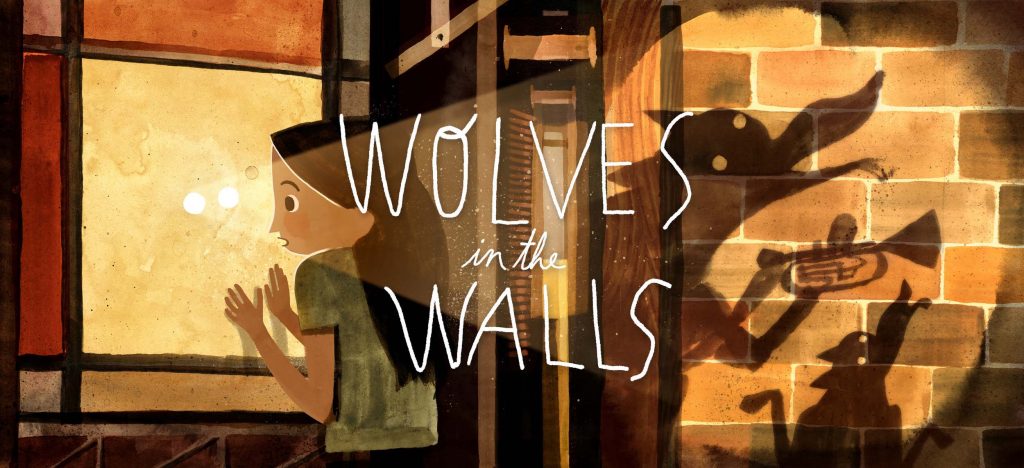
Light as a Storytelling Element
Similarly to movement, light and dark play an important role in the theater. Placing spotlights in VR is nothing new—Google named their Studio after this particular tool. And yet, as Pete says, people were running the risk of repeating the same faux-pas in VR:
“Theatrical lighting was a lesson we had to learn. I think when virtual reality first was being used in the last five years to tell stories, everyone felt compelled to always have 360 degrees of visual information. And then they panicked because: ‘How do you control where the audience looks?’. Theater had solved that for hundreds of years. You aim a light at the area you want the viewers to focus on.”
In Wolves in the Walls, lighting moves beyond simple spotlight effects. It takes on a life of its own, as it changes continually. At times, when Lucy and I are sitting in the dark, only she and the wall she’s perched in front of are illuminated. As they are the only thing visible, I have virtually no other choice than to concentrate on the scene. In the next second, though, the entire room is fully lit, inviting me to look around. The film BattleScar uses a similar technique.
Pete found a more sentiment for this:
“We really take time to spotlight each moment. And then we give you the world.”
My next and last article of the series will dive into this world: how, exactly, does one create emotion in VR? Stay tuned.
This article from 2018 offers more examples of how actors can be integrated into a VR experience: how virtual reality and theater found each other in Venice.
UPDATE August 2019: The first two chapters Wolves In The Walls: It’s All Over are now available at the Oculus Store for Oculus Rift and Rift S (early access).
UPDATE November 2019: Wohooo – the third an final chapter is NOW available for the Oculus Rift. Go for it!
Translated by Jan Mc Greal

